THE DEFINITIVE GUIDE FOR THE TREATMENT OF GOUT
WHAT IS GOUT?
Gout is a common form of arthritis where people face swelling and severe pain in their joints. It is seen in people who have a buildup of uric acid in the joints, especially the big toe. Uric acid is received in the body as a by-product of the purines we eat in our food (many food items we eat on daily basis have purines). When there is an abnormality in handling the uric acid in the body, it starts to get deposited in the joints especially of the feet to form needle-like crystallized structures. This deposition would cause a sudden attack of arthritis including intense pain, swelling, redness, and heat of the joint. The attacks of gout keep returning back damaging the tissues slowly in the joints.
WHAT ARE THE TYPES OF GOUT?
- Asymptomatic hyperuricemia:- in this stage, people may not experience any symptoms and is prior to the first attack. In this, the crystals get deposited in and around the joint slowly.
- Acute gout:- this is the stage where individuals experience discomfort in their joints and gout attack suddenly at night.
- Interval gout:- this is the stage between the attacks and people in this stage may not have any symptoms.
- Chronic gout:- in this stage individuals experience frequent attacks of gout due to elevated uric acid levels. If not controlled your joint may get damaged.
- Pseudogout: has same symptoms as gout but in pseudogout calcium phosphate crystals irritate the joints rather than uric acid crystals.
WHAT ARE THE RISK FACTORS OF GOUT?
Risk factors of gout are:-
- Age: Men develop gout earlier than women. Men develop gout at age of 30-50 as men have high levels of uric acid but females develop high uric acid after menopause.
- Gender: Males are more commonly affected as they have high levels of uric acid as compared to females.
- Family history of gout: if you have a family history of gout then it's more likely for you to develop it.
- Excess consumption of alcohol: also increases the risk of developing gout.
- Diet: rich in meat, seafood, sweetened drinks increase production of uric acid.
- Obesity: being overweight produces more uric acid and kidneys also are not able to eliminate uric acid well.
- Injury to joint: can also trigger uric acid deposition in the joint.
- Certain medications: for treating hypertension, heart disease, diabetes can cause an increase in levels of uric acid.
- Certain diseases: like hypertension, diabetes, kidney diseases, etc would trigger the more uric acid formation and mal handling of the uric acid by the kidneys.
WHAT ARE THE COMPLICATIONS OF GOUT?
- Recurrence: of symptoms damage the joint badly
- Tophi nodules: if gout is left untreated then uric acid crystals start to deposit under the skin forming nodules known as tophi nodules which can develop anywhere (usually fingers, hands, feet, elbows, back of ankles). These nodules are not painful but become tender during the attack of gout.
- Kidney stones: uric acid may get deposited in the kidneys also and would form stones.
WHAT ARE THE SYMPTOMS OF GOUT?
- Gout can attack you suddenly without any prior warning
- It attacks in the nights
- Sudden onset of severe pain in joints especially in the big toe but can affect fingers, hands, wrists, elbows, ankles, etc.
- Inflammation in the joint
- Redness, warmth, and stiffness in the joint
- Reduced range of motion
WHAT ARE THE CAUSES OF GOUT?
Gout is caused by the deposition of urate crystals in the joints. Urate crystals are deposited when levels of uric acid are high in the blood. More so either the body is producing more uric acid or the kidneys are not able to excrete the uric acid well. Both would cause more uric acid in the blood
HOW TO DO THE DIAGNOSIS OF GOUT?
Diagnosis is based on:
- Symptoms: symptomatic presentation of inflammation, tenderness, redness, swelling, and stiffness of joints point towards gout.
- Joint fluid test: aspiration of fluid from the affected joint and study of the fluid under the microscope would show urate crystals.
- Blood test: high levels of uric acid in the blood indicate gout with the symptoms.
- X-ray imaging: would also help in confirming the diagnosis.
- Ultrasound: visualisation of urate crystals and tophi in the joint affected.
- Dual-energy CT scan: is a costly and less used procedure for diagnosing gout but it can detect urate crystals even without the flare-ups of gout.
WHAT IS THE TREATMENT FOR GOUT?
Conventional treatment for gout includes nonsteroidal anti-inflammatory drugs and corticosteroids but these treatments are not permanent and safe. These drugs have side effects of their own. Thus homeopathic treatment is the best treatment for gout as it has no side effects and gives permanent cure as well.
HOW TO DO THE MANAGEMENT OF GOUT?
- Maintain weight: as per your height and age. Weight management would not even help with management of the symptoms but would prevent them from getting worse.
- Limit or quit alcohol: especially beer as it increases uric acid formation in the body.
- Limit meat, proteins, and poultry: as more of these would give more purines to the body and ultimately uric acid levels would rise.
- Hydration: is very important to keep yourself well hydrated.
- Avoid sweetened drinks
- Avoid over-exertion of the joint during the attack phase.
HOMEOPATHIC MANAGEMENT OF GOUT
There are medicines like benzoic acid, berberis vulgaris, colchicum, ledum, lycopodium, rhododendron, calcarea fluor, belladonna, arnica. But medicine depends on the presentation of the case and should never be taken without consulting a registered homeopath. Homeopathy has the permanent cure for Gout
DO’s AND DON’Ts FOR GOUT
Do’s
- Drink plenty of fluids
- Maintain a desirable body weight so opt for weight loss if you are overweight
- maintain diet as per the condition
- Do regular exercise except during the attack phase.
Don’ts
- Don’t drink alcohol or carbonated drinks
- Don’t eat meat, fish, and poultry much
- Don’t smoke
- Don't irritate the joint affected
- Don't take sweetened drinks
7 WARNING SIGNS TO LOOK FOR GOUT
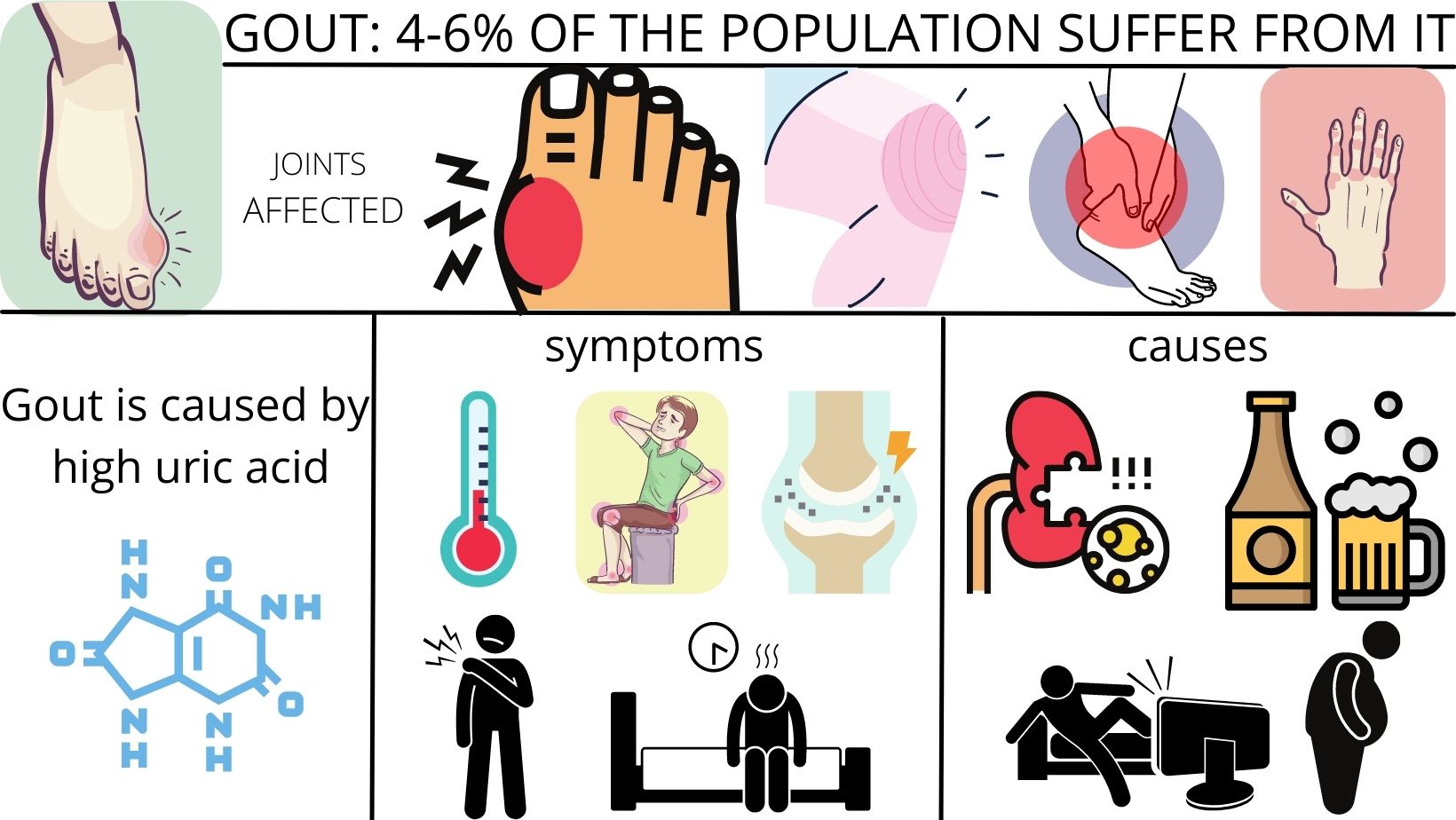
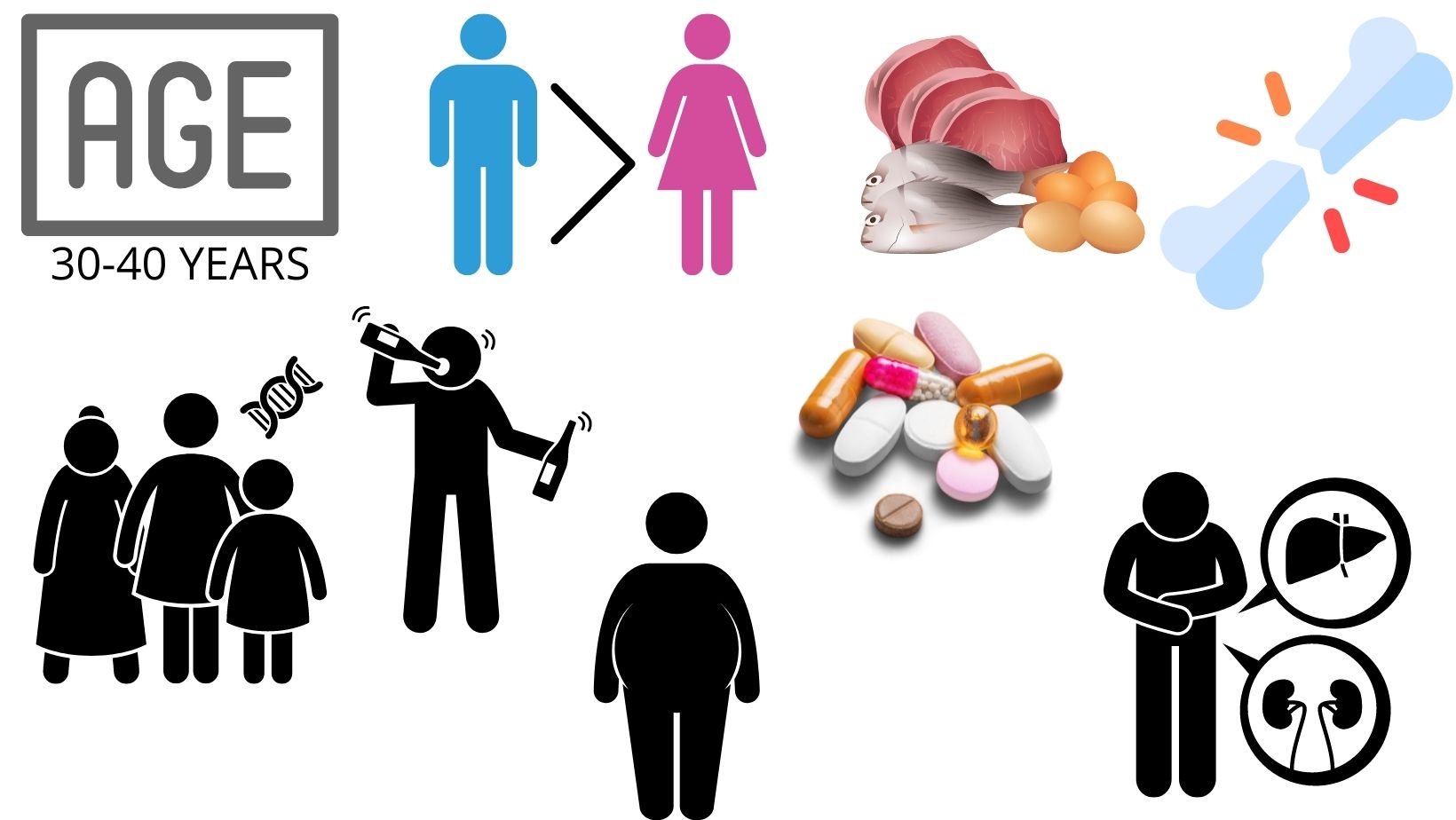
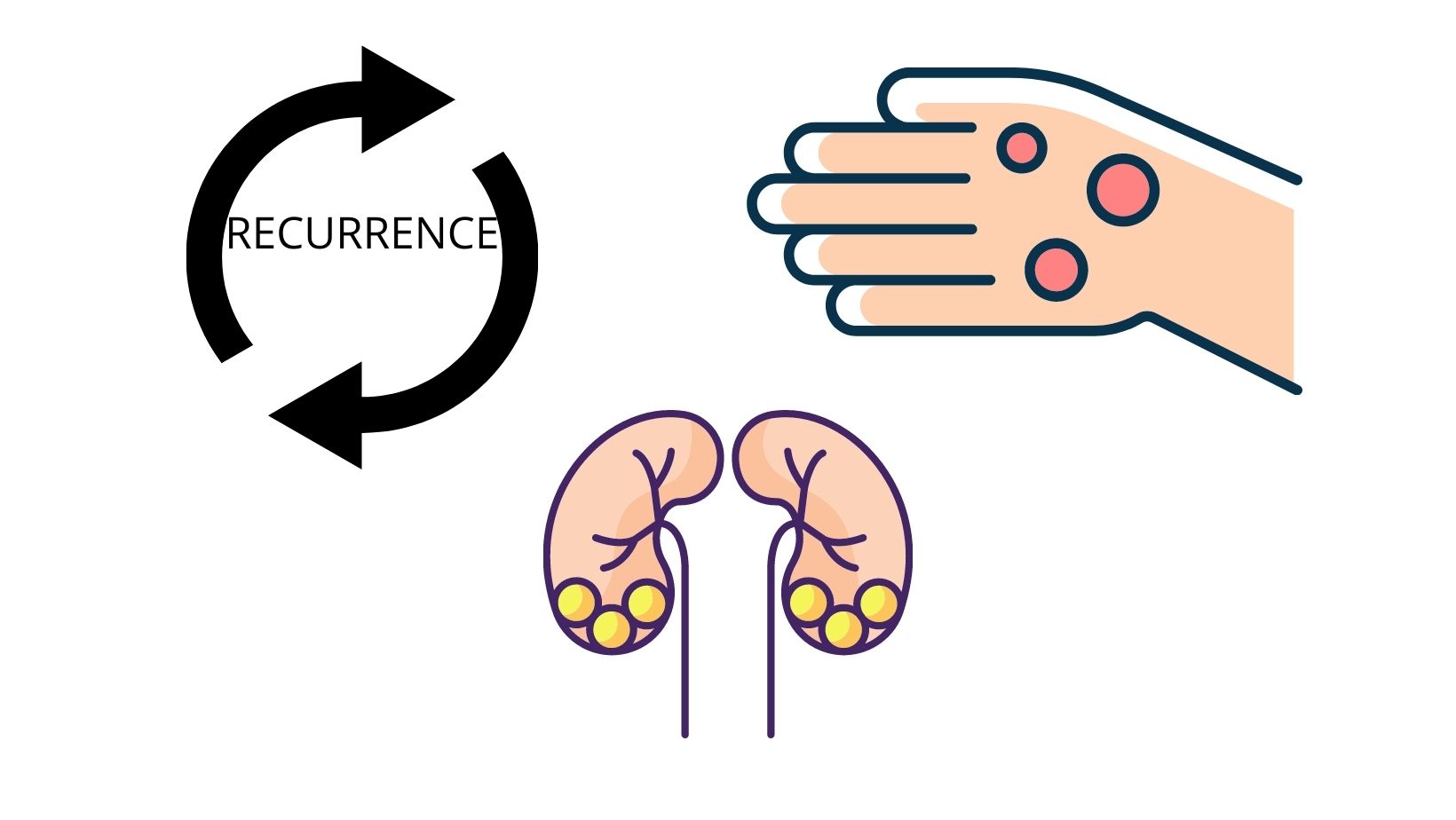
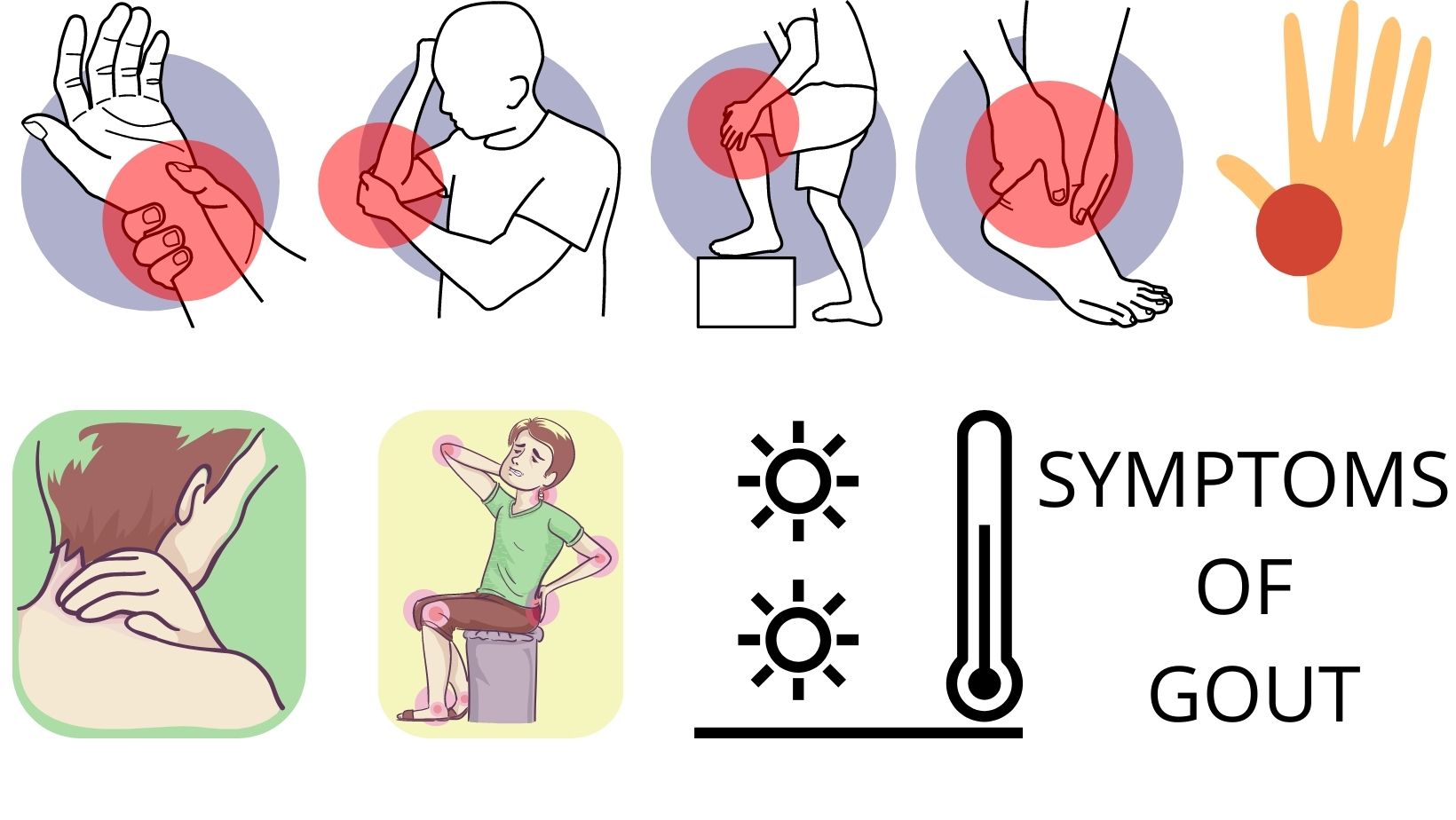
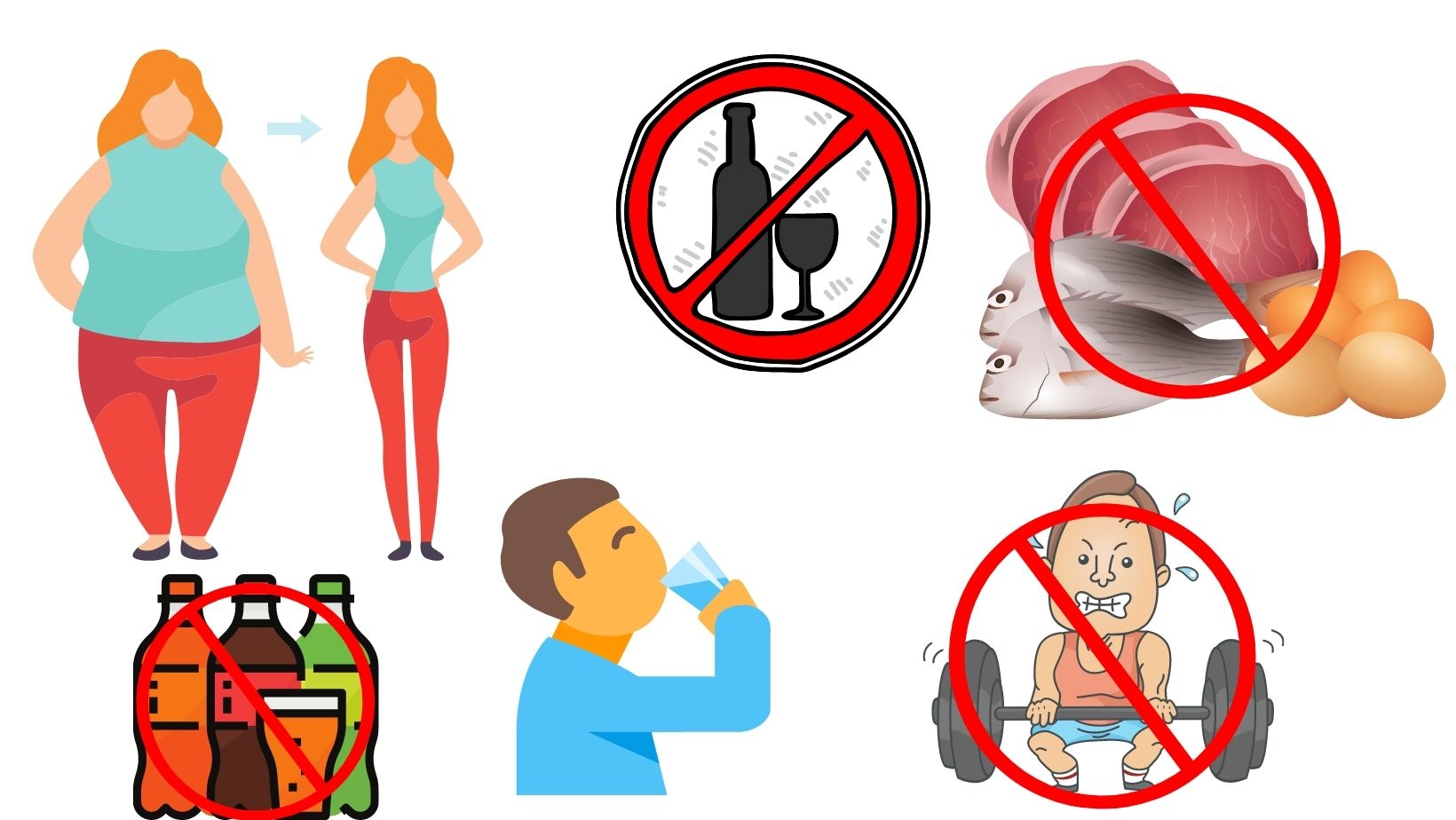
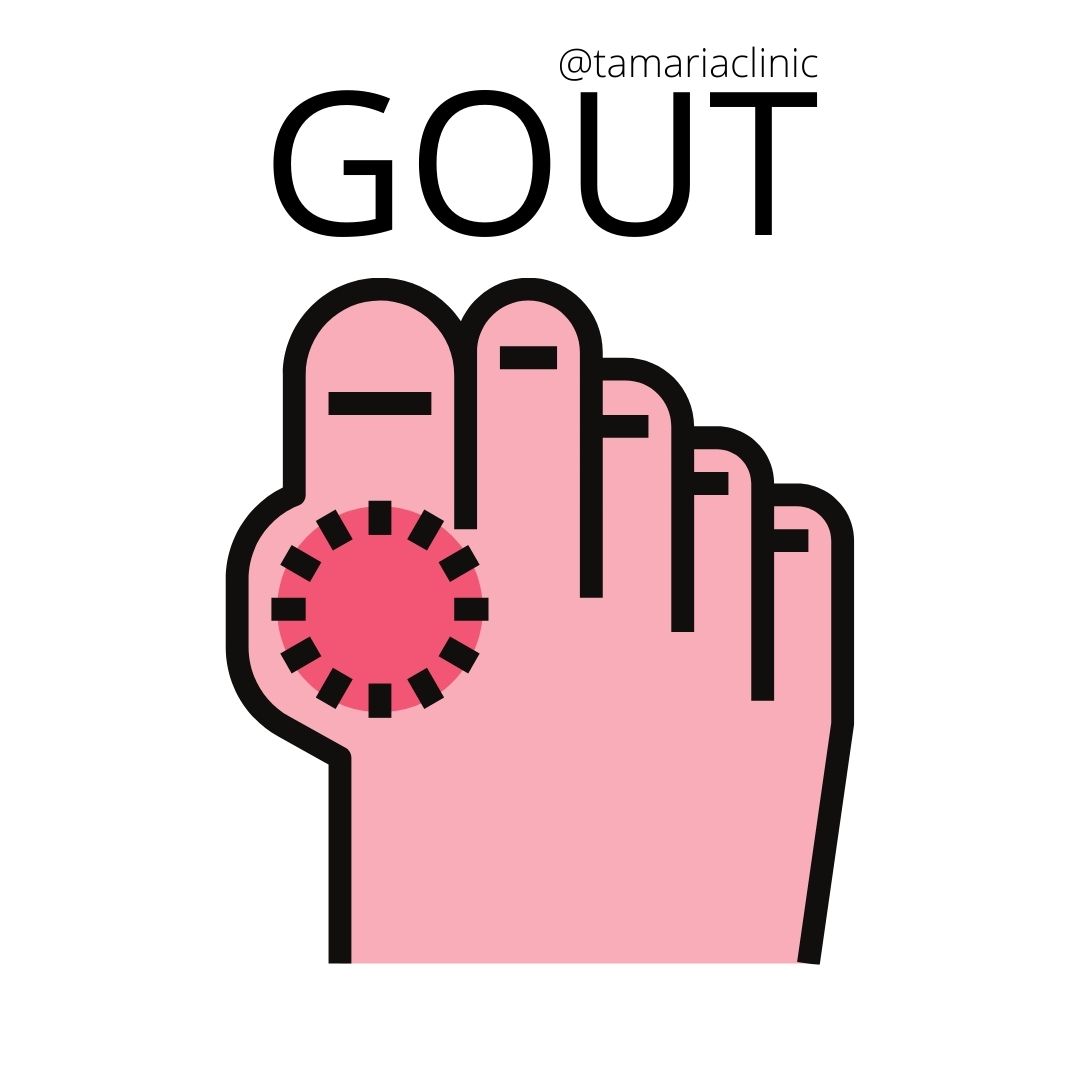
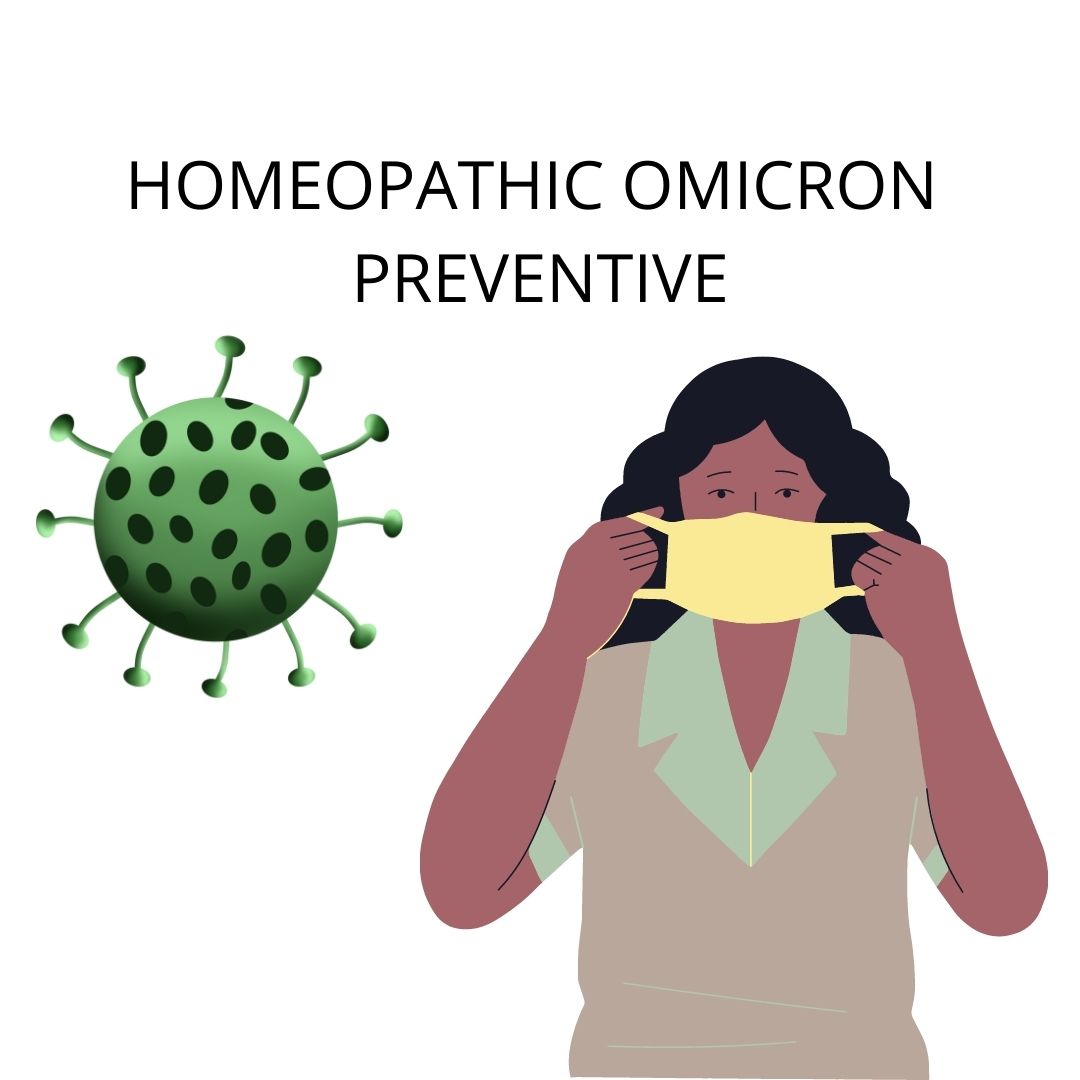
Comments
We have received your comment , Thank You !